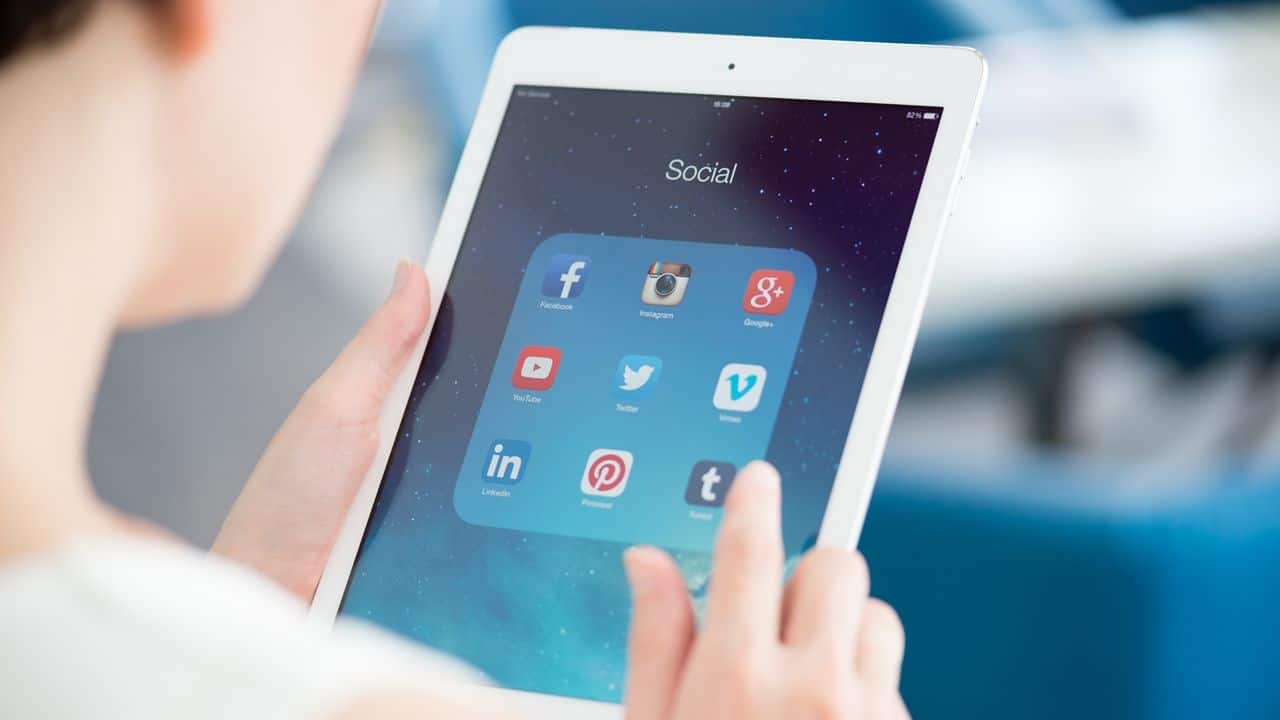Last Updated on December 14, 2020
Data analytics and KPIs will create a foundation for your influencer marketing efforts. Without trackable data, you won’t be able to see which influencers are driving traffic or sales to your brand and which influencers are helping your brand get exposure to the bulk of their audiences.
One metric in particular that you want to consider as you develop influencer relationships is “social media reach,” which can give you an idea of the size of the influencer’s audience and therefore how much heft that influencer has.
There’s a fair amount of confusion in the marketing industry about social media reach, and it’s time to clear up that confusion once and for all. Here’s what you need to know when considering the reach of various influencers.
What Does it Mean?
Social media reach defines the extent of the audience who come across your content. More importantly, it is the number of potential users that you can communicate with when posting brand messages. For example, if your brand has a Facebook profile that 200 people like, then your reach is 200. If your brand also has a Twitter account with 300 followers, then your total potential reach is 500, at a minimum as public posts will garner more impressions (which is a similar but different calculation, which we will discuss below).
Your reach expands when your fans and followers share your content with other people. If someone shares a Facebook post with their 400 friends, then your reach increases by 400. That share means your brand name and post has the potential to be seen by 400 new people that otherwise wouldn’t be aware of your brand or updates.
This is the most basic definition of social media reach. There are additional nuances that affect how many people could potentially see your posts. For example, if someone likes your page on Facebook and also follows you on Twitter, they still only count as one person whom you could reach. This also applies to someone who already likes your page who sees a post their friend shared.
Social media reach gives marketers an idea of their potential audience size so they can understand the limits of their connections for posts or updates.
What Is the Difference Between Reach and Impressions?
The problem with tracking reach is that it’s not always indicative of the number of people who actually see your message. The number of users who see your post (regardless of whether they click or engage with it) counts as impressions.
Unfortunately, not everyone who likes a page or follows a brand will see your post. Some people have inactive accounts or might not be on social media that day. Also, most social channels like Facebook, Twitter, and Instagram have algorithms to filter content to what they think users want to see. Adweek has estimated that most Facebook posts only reach 2.6 percent of all users, a number that has likely dropped in the past three years.
What does this mean? If a brand has 20,000 followers, it has a potential reach of 20,000. However, with Facebook’s algorithm, it might only get around 520 impressions when less than 3 percent of those followers actually see the post. This significantly diminishes the power of influencers.
How Can Brands and Influencers Increase Their Reach?
As mentioned above, social media algorithms give more exposure to popular posts that people are talking about. Some brand managers discover a “snowball effect” on a post, where it keeps getting traffic and engagement days after it goes live.
When people like, comment on, and share your post, social channels like Facebook pick up on this popularity and show it to more people — increasing your total impressions. Furthermore, these engagements show up on the timelines of the friends of your Facebook fans — increasing your total reach.
Through a successful social media campaign, your brand can reach millions of people and have thousands of impressions and engagements, even if your brand and the influencer you work with have only 50,000 followers.
Why Do Social Media Marketers Need to Know These Terms?
Understanding the concepts of reach and impressions can help marketers set realistic goals for the effectiveness of their campaigns.
For example, if a marketer anticipates a 10 percent click-through rate on their clothing and apparel content and they have a potential reach of 20,000, they would expect 2,000 people to visit their website from one social media post. Instead, the number might be closer to 52 because CTR is defined by clicks per impression instead of clicks per reach.
Comparing clicks per impression and clicks per reach can also help you determine which influencers have high engagement rates and which posts resonate with audiences.
If an influencer has 20,000 fans, but only gets 20 impressions and one click from a post, then they’re not very effective at influencing people and driving engagement on social media. However, if an influencer has 2,000 fans and gets 300 impressions and 50 clicks, then they are very effective at driving behavior. Many marketers find that it’s better to work with smaller, highly-engaged influencers than large influencers that don’t drive fans to click and buy.
Understanding social media reach and how it relates to various brands and pages can help you create a successful influencer marketing campaign. In particular, it can help you pick the right product influencers and monitor their success with trackable metrics.

SallyBot is committed to helping users get the most out of Intellifluence. By helping brands create campaigns, providing unparalleled customer service and offering useful advice, nothing makes SallyBot happier than hearing she is liked… Really, really liked.






